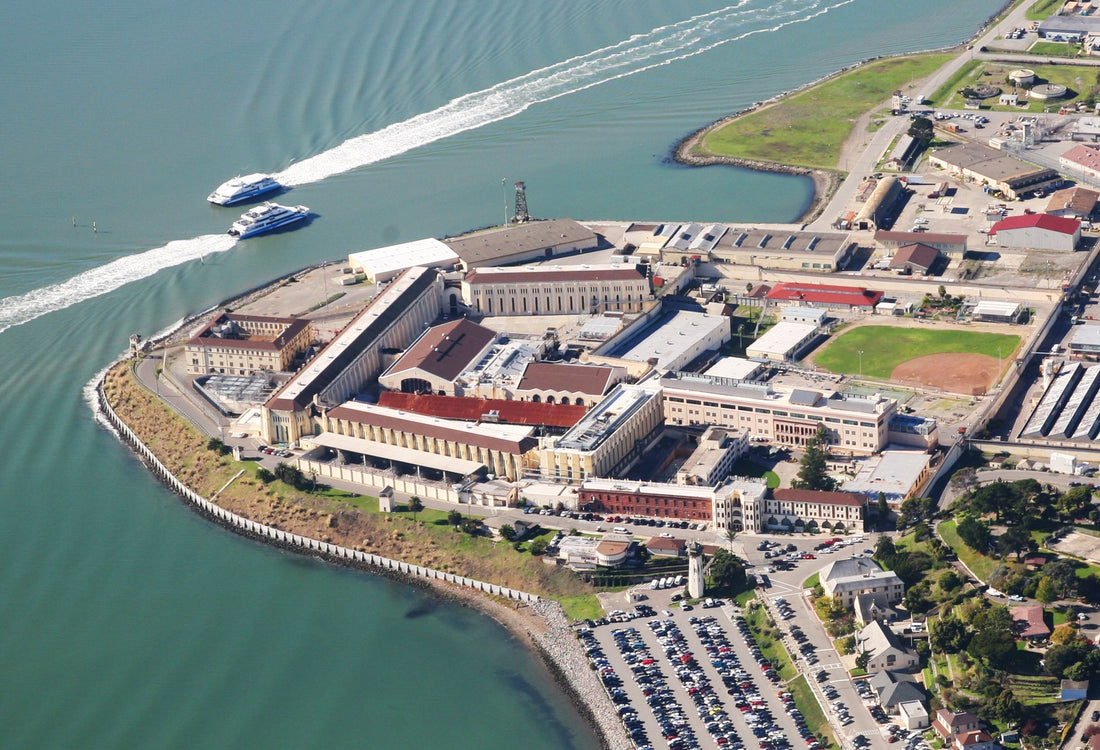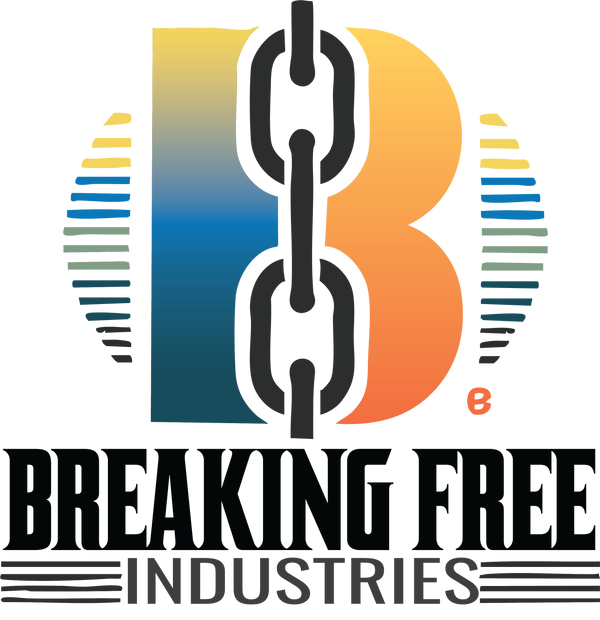
What I Carried Home From San Quentin
Share
Not long ago, I scrolled past a Facebook post where someone wrote, "These days are scary." I paused. I understood her perspective. The news cycle, the divisions, the noise—it can all feel like too much.
But as I sat with her words, I found myself asking: are things really worse today than they've ever been? In the 1960s, this country was torn apart by civil rights battles, Vietnam, and generational upheaval. We survived that. Maybe what feels new is only new to us. Maybe, as Ecclesiastes says, there is nothing new under the sun.
I carried that thought with me when I walked through the gates of San Quentin. I wasn't entirely sure what to expect, but what I encountered moved me in ways I didn't anticipate.
A Different San Quentin
San Quentin's reputation has always been dark—fear, punishment, violence. But California is trying something different here. Under the California Model, the focus is shifting away from punishment for punishment's sake and toward rehabilitation.
I was reminded of the statistic: 90-95% of those currently incarcerated will eventually be released. They will be our neighbors, coworkers, fellow congregants. They won't wear a scarlet letter. If that's true, then what do we want them to come home with? Bitterness and institutionalization—or skills, healing, and hope?
If I Had Been Locked Away in 2005
I imagined myself in their shoes. If I had been incarcerated in 2005 and walked out today, how would I navigate the world? I wouldn't know what an iPhone was. I'd wonder where the pay phones went. I wouldn't understand tap-to-pay or ride-sharing apps. So—let me get this straight—I'm going to push a button and some random person is going to pull up, and I'm going to get in the car with them and trust they'll drive me where I want to go? Every year, there's a list that shares what today's college freshmen have grown up without. Think of that list, but in the context of how much society evolves over a decade or two.
But more than how society has changed, I would have to relearn how to live independently. How to make choices again after years of having every decision made for me. How to rebuild connections and make amends. How to forge new relationships. How to find a job. How to live in a society where, once they know my past, I will likely be judged. How to pick out yogurt from a supermarket that offers so many choices I have a panic attack. How to catch up to a society that had sprinted ahead while I stood still.
That realization landed heavy.
The Last Mile: Dignity in a Classroom
Inside San Quentin, I visited The Last Mile, a program teaching coding, entrepreneurship, and job readiness. On the surface, it's a classroom with laptops and whiteboards. But what I saw was deeper.
Men who had been stripped of dignity were regaining it. They weren't just learning to code—they were discovering purpose. They were daring to believe that they had value, that they could return to society not as liabilities, but as contributors.
Their eagerness to prove themselves worthy of freedom was humbling. And as I listened, I realized that transformation is possible—not in abstract terms, but right in front of me. Someone convicted of murder was sitting next to me, working on a laptop, coding a website to get the image to appear just right. This is a model that is trying to prepare its residents for reentry.
The Cost of Doing Nothing
Of course, society could take the easy route: leave people locked up forever. But the numbers tell a different story.
Collectively, we spend approximately $100 billion annually to incarcerate roughly 1.8 million people in this country. California now spends about $127,800 per year to incarcerate one person. At the federal level, it averages $42,700 a year—and in some facilities, as much as $55,000–$60,000.
We don't need to do the math to know that we are spending an awful lot of money to warehouse humans. Even though incarceration is big business—and don't tell me it isn't—we need to be practical. Despite our desire for a pound of flesh, think how much good could be done with that $100 billion if even a fraction went toward preparing people for the inevitable reentry. We need to return people to society prepared and ready to integrate, not ready to be captured and incarcerated again.
The Garden That Broke Me Open
And then I stood near the Blu So(u)l Healing Garden. That's when the full impact of this visit became clear.
The garden was created by incarcerated men at San Quentin, together with Sol Mercado, a formerly incarcerated woman who spent 16 years in prison and now works with Planting Justice. It's a space to honor victims and survivors of crime. A space to acknowledge harm.
They planted lavender and chamomile, herbs with healing properties. A peach tree. A bench for reflection. A blue wooden board with ribbons inscribed with the names of victims. The symbolism was heartbreaking and beautiful.
What moved me most was the honesty. These men were not running from the pain they caused—they were confronting it. Naming it. Creating a space where grief and healing could coexist.
Sol said that when she was incarcerated, gardening was the only place she felt freedom. Nelson Mandela wrote something similar: "To plant a seed, watch it grow, to tend to it and then harvest it… offered a taste of freedom."
I felt that truth in the soil beneath my feet. I felt it in my chest.
What I Carried Home
As I left San Quentin, I carried with me more than observations. I carried humility. I carried hope. I carried a new perspective.
I thought back to that Facebook post: "These days are scary."
But after what I saw, I can't share that view. I don't see fear. I see opportunity.
Opportunity in the men eager to rejoin society. Opportunity in programs like The Last Mile. Opportunity in a garden that dares to remember victims and cultivate healing in the same breath.
San Quentin taught me that transformation is not just possible—it's happening. And if it can happen there, behind those walls, with people society has written off—then it can happen anywhere. Even in the places we've stopped looking. Even in ourselves.
